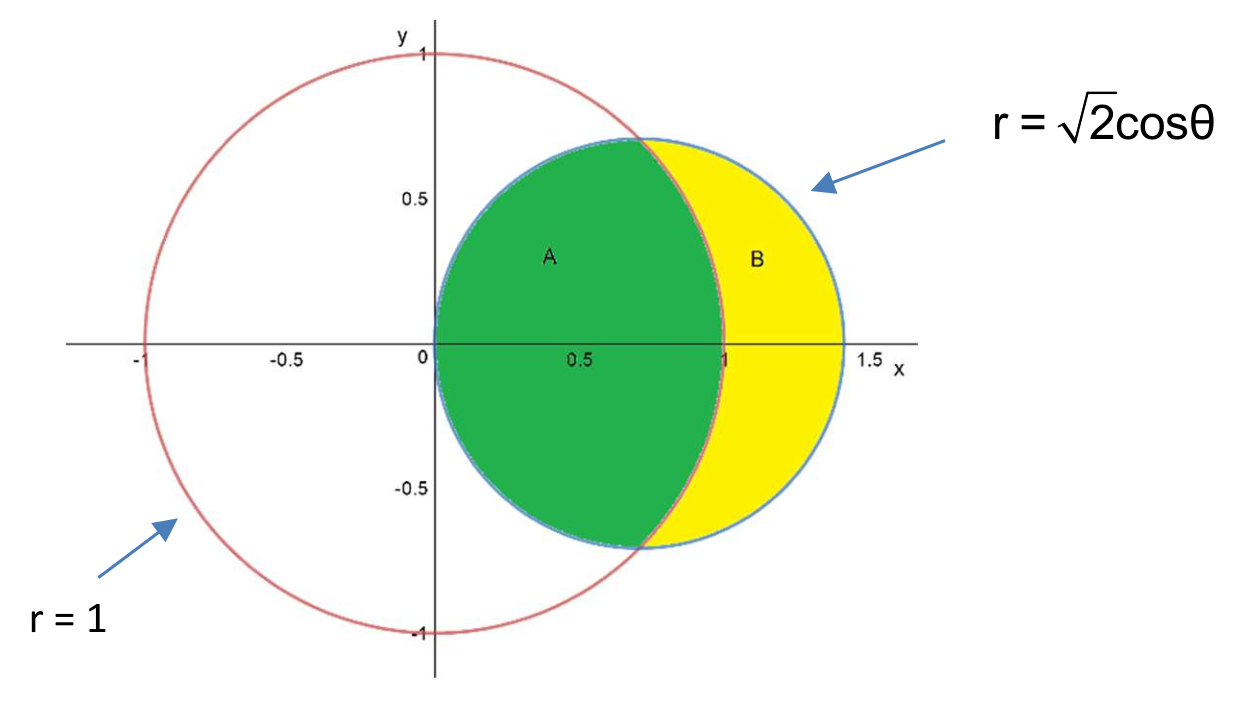Parametric curves
01
Link to originalConvert parametric curve to function graph
Write the following curves as the graphs of a function
. (Find for each case.) (a)
, and (b)
, and Sketch each curve.
05
Link to originalConvert function graph to parametric curve
Find parametric curves
whose images are the following graphs: (a)
and (b)
and
06
Link to originalParametric concavity
Find the intervals of
on which the parametric curve is concave up.
09
Link to originalCycloid - Arclength and surface area of revolution
Consider the cycloid given parametrically by
. (a) Find the length of one arch of the cycloid.
(b) Suppose one arch of the cycloid is revolved around the
-axis. Find the area of this surface of revolution.
Polar curves
01
Link to originalConvert points: Cartesian to Polar
Convert the Cartesian (rectangular) coordinates for these points into polar coordinates:
(a)
(b) (c) (d)
03
Link to originalPolar curve - Vertical or horizontal tangent lines
Find all points on the given curve where the tangent line is horizontal or vertical.
Hint: First determine parametric Cartesian coordinate functions using
as the parameter.
06
Link to originalConvert equations: Cartesian to Polar
Convert the Cartesian equation to a polar equation. Be sure to simplify.
(a)
(b) (c)
10
Link to originalPolar coordinates - lunar areas
(a) Find the area of the green region.
(b) Find the area of the yellow region.

12
Link to originalArea of an inner loop
A limaçon is given as the graph of the polar curve
. Find the area of the inner loop of this limaçon.
Complex numbers
03
Link to originalComplex forms - exponential to Cartesian
Write each number in the form
. (a)
(b)
09
Link to originalComplex products and quotients using polar
For each pair of complex numbers
and , compute: (a)
(b)
(Use polar forms with
.)
10
Link to originalComplex powers using polar
Using De Moivre’s Theorem, write each number in the form
. (a)
(b) (First convert to polar/exponential, then compute the power, then convert back.)
11
Link to originalComplex roots using polar
Find each of the indicated roots.
(a) The four
roots of . (b) The three cube (
) roots of . Try to write your answer in
form if that is not hard, otherwise leave it in polar form.